Hampton Bay Rothley II 52 in. Indoor LED Bronze Ceiling Fan with Light Kit, Downrod, Reversible Motor and Reversible Blades
Traditional ceiling fan is perfect for large rooms. Reversible wenge / weathered wood blades for versatility. Includes light kit, LED light bulbs, pull chains and downrod.
Add a touch of traditional elegance to your indoor living space with the Hampton Bay 52 in. Rothley II ceiling fan. The bronze Rothley II ceiling fan has a powerful 3-speed reversible motor designed to operate quietly while producing a significant amount of airflow. The 5 reversible Quick Install blades are finished in wedge or weathered wood to blend with your decor. The frosted white shatter resistant plastic bowl light kit uses two 9.5-Watt LED bulbs which are included in the package.
- 5-reversible blades in wenge / weathered wood finish
- QuickFit features – installs 25% faster compared to traditional fans
- Quick install blades – no screws necessary
- Accu-arm blade arms for precise installation
- Slide-on mounting bracket
- Frosted white shatter resistant plastic shade
- 3-speed motor creates strong air circulation
- 4.5 in. downrod included
- Dual-mount installation (standard or angled mount)
- Indoor use, large rooms
- Lifetime motor warranty
- Energy efficient
- Finishes shown are representative of the item. Actual finish may vary slightly.
Additional information
| Dimensions | H 17.2 in, W 52 in, D 52 in |
|---|---|
| Downrod Length (in.) | 4.5 |
| Fan Blade Length (in.) | 21.26 |
| Fan Blade Span (in.) | 52 |
| Fan Blade Width (in.) | 5.7 |
| Manufacturer Warranty | Lifetime Motor Warranty |

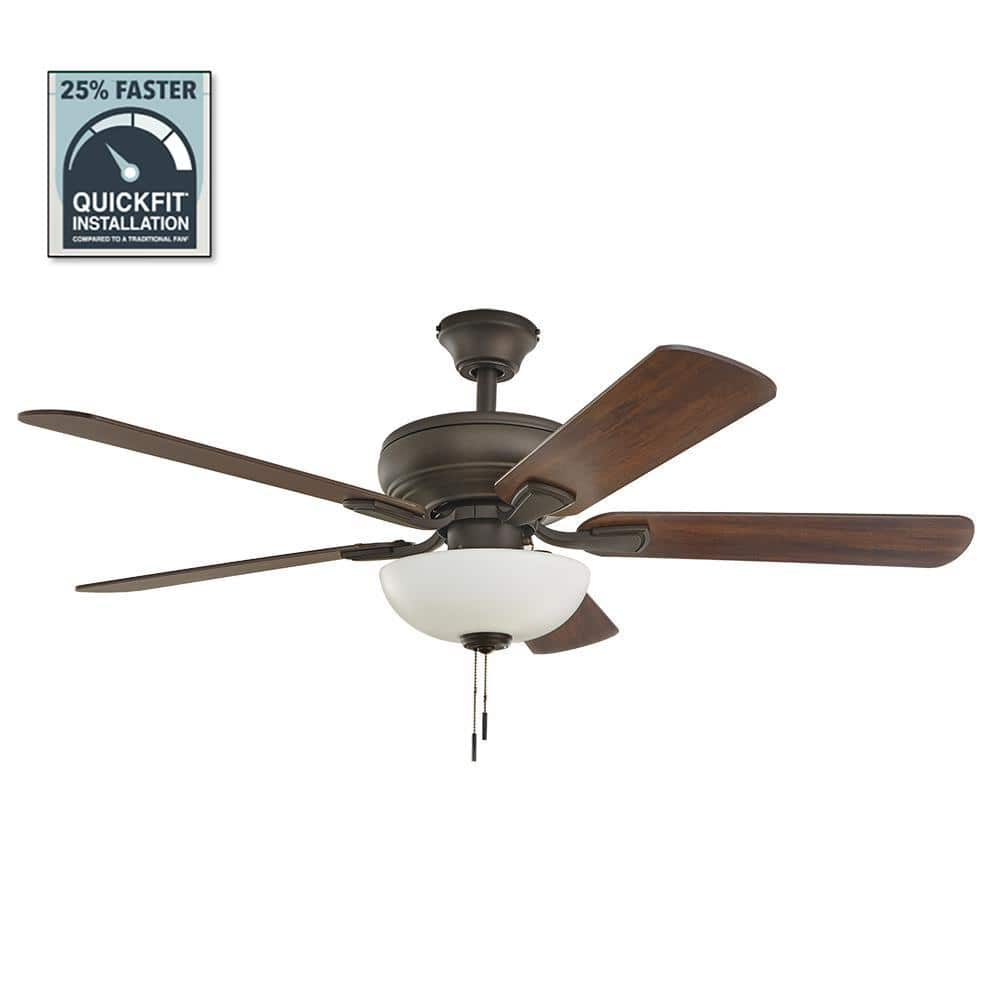
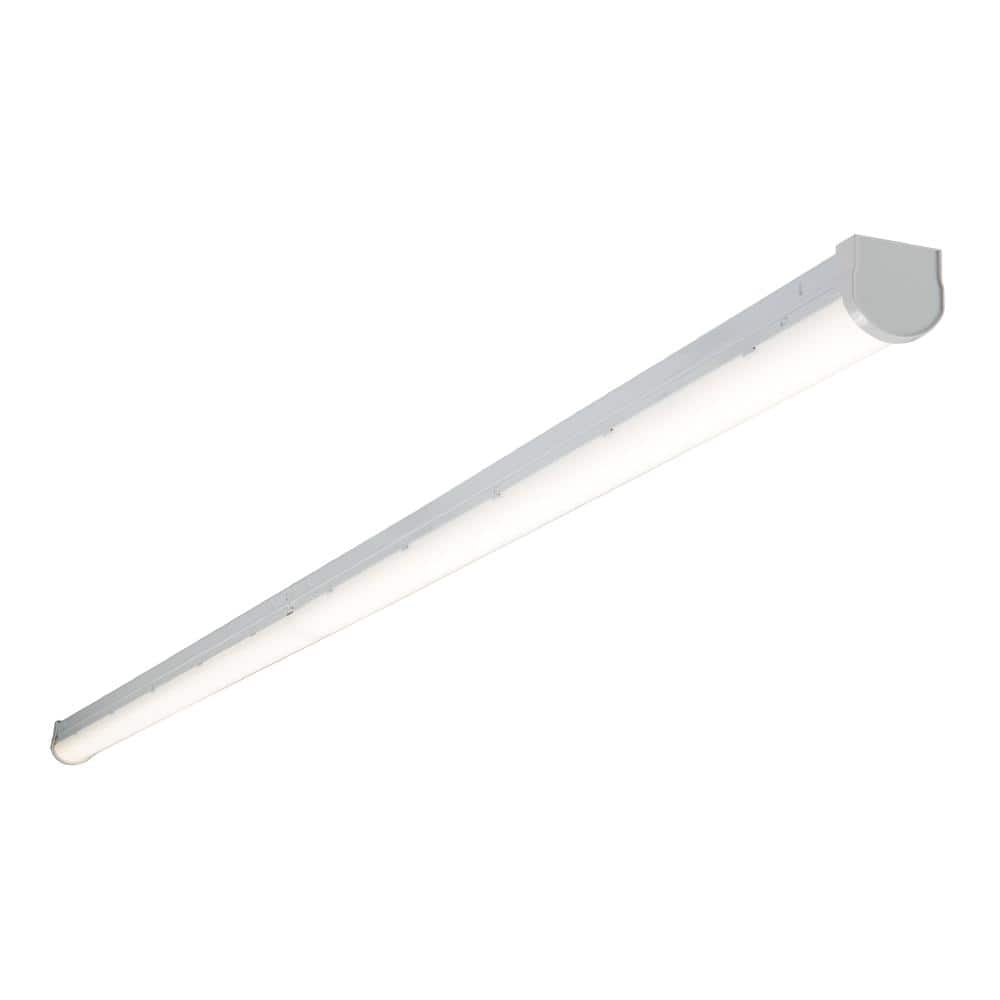
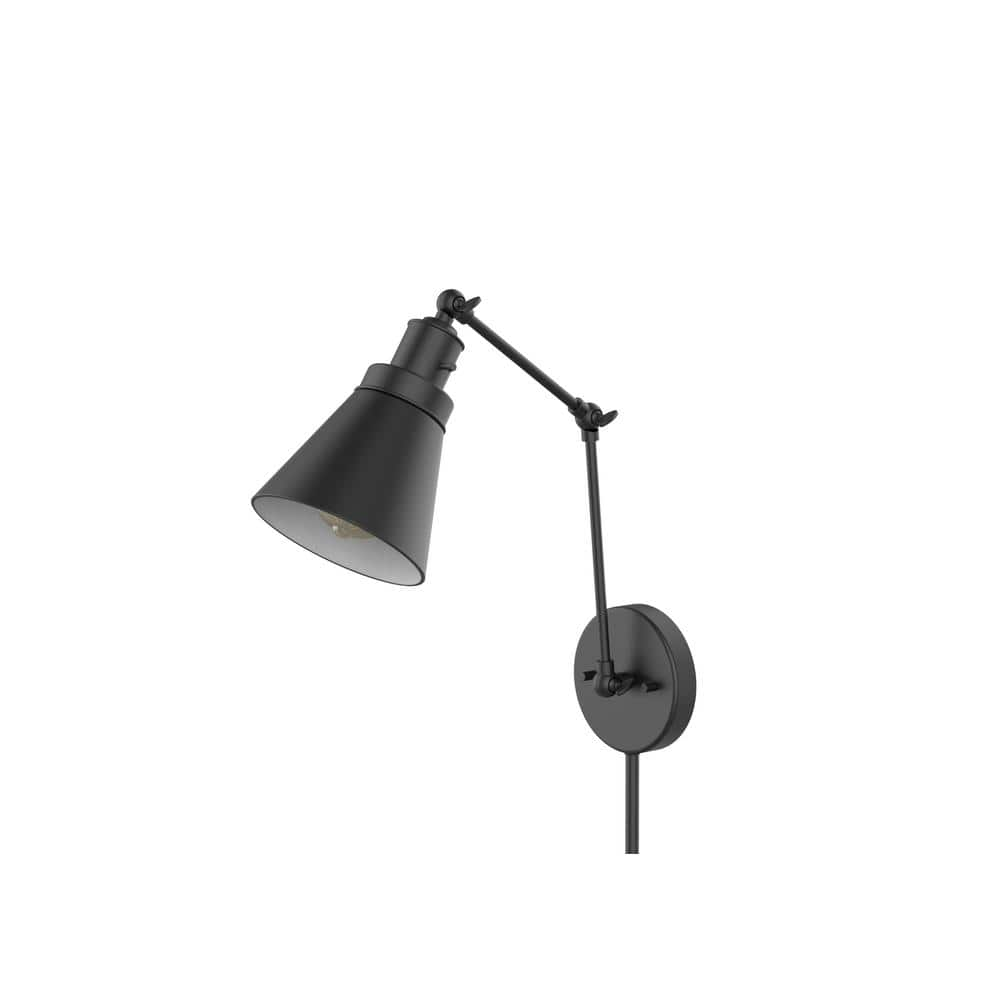
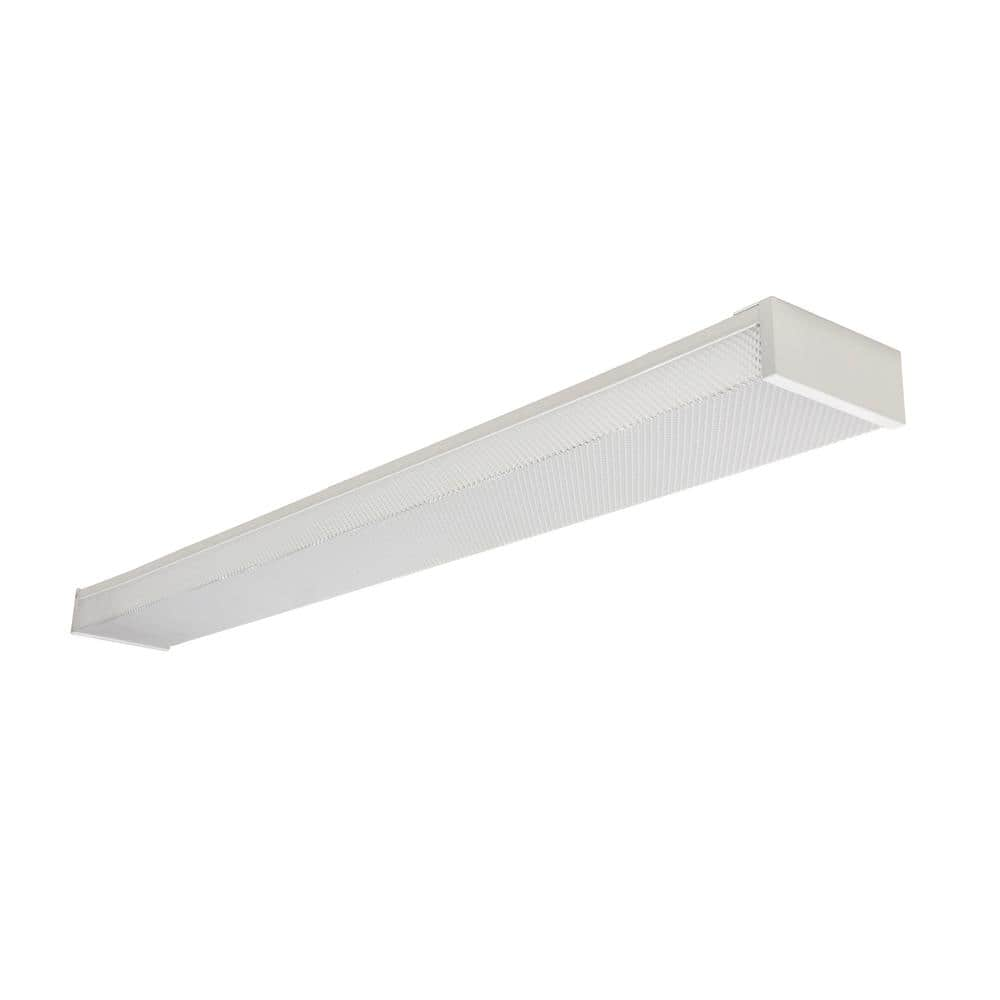
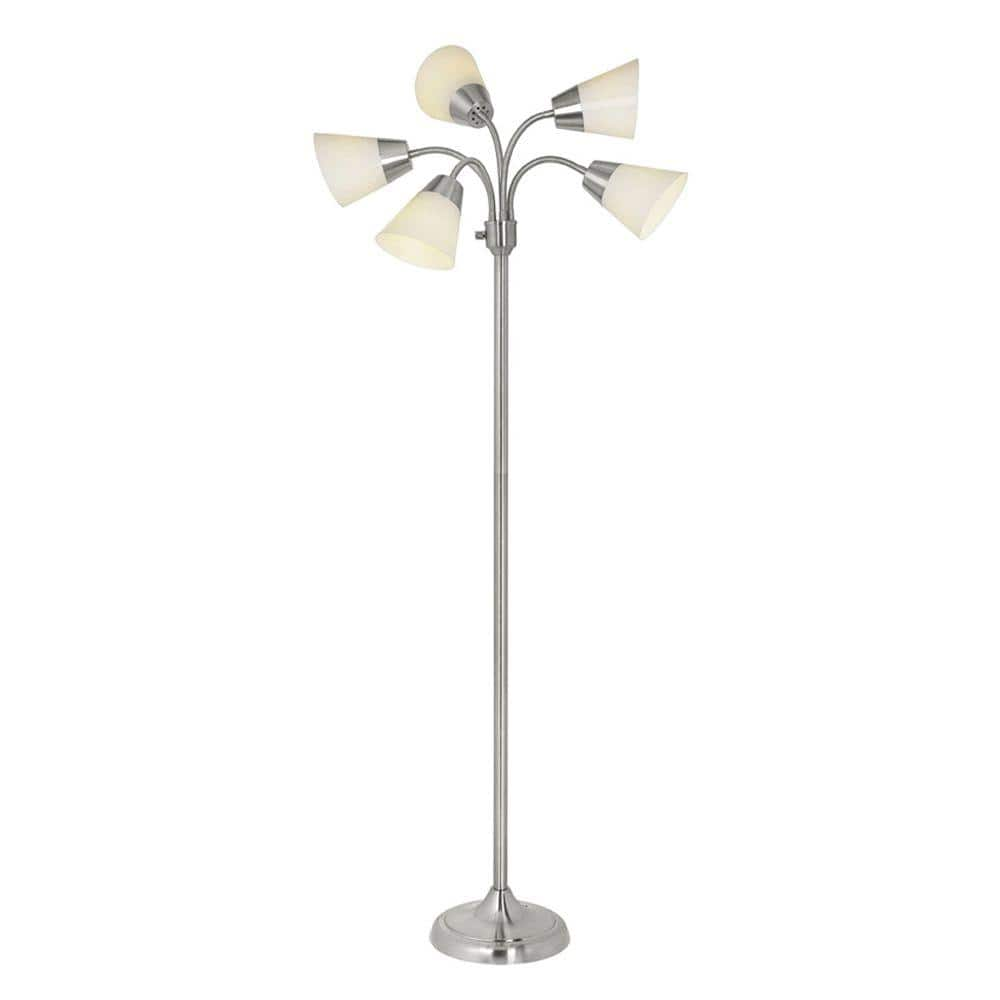
by Paulie
Easy to install, looks and works well.
by David
Love the fans ! Great value . Bought the first one last year. Now two more.
by Chris
Ez to install. Took me about an hour.
by David
The fan operates as you’d expect any new device to operate.